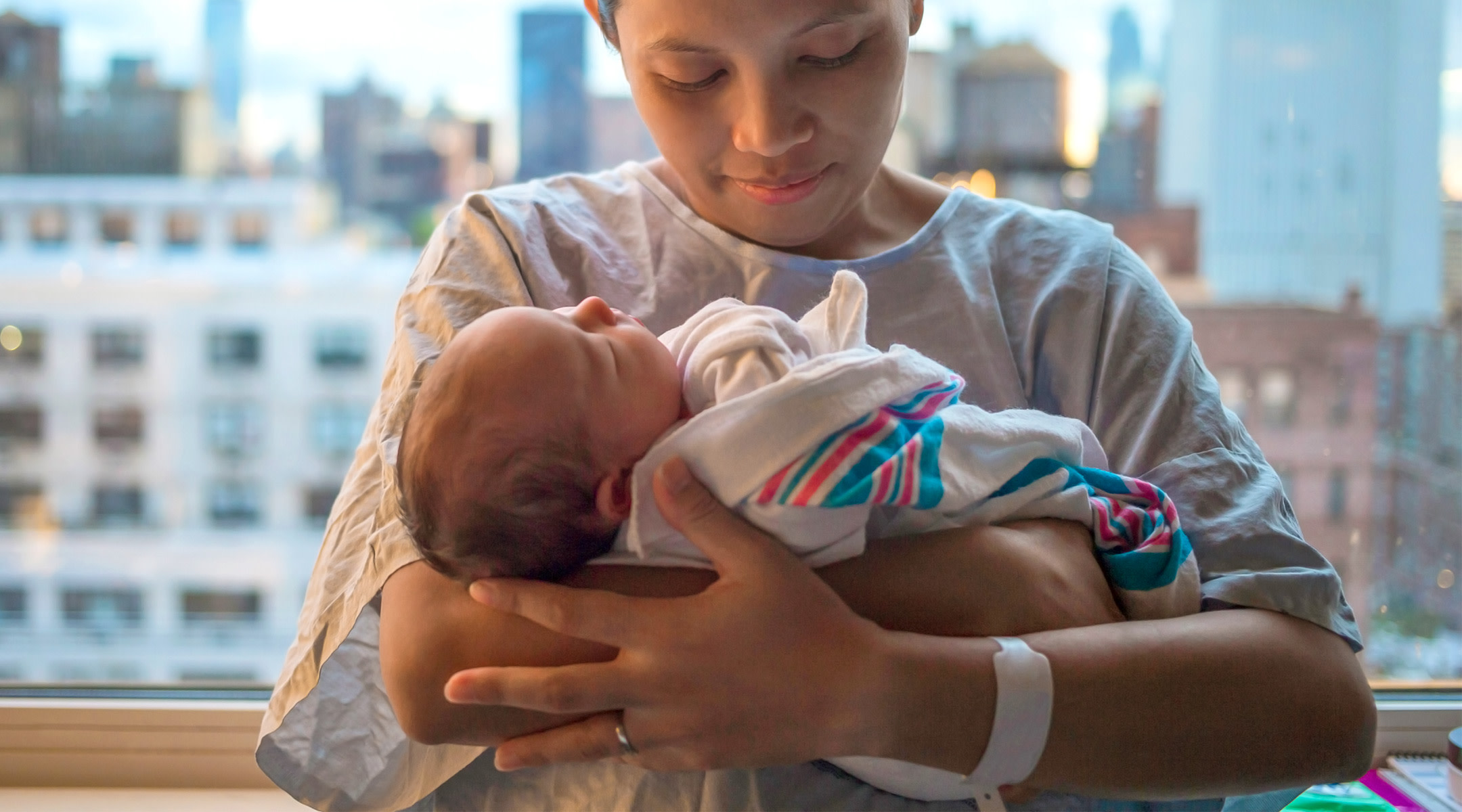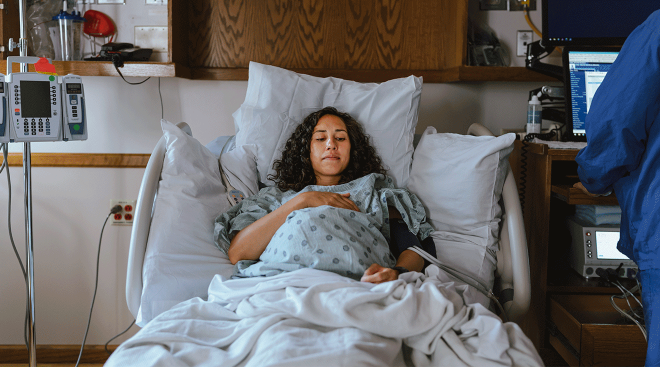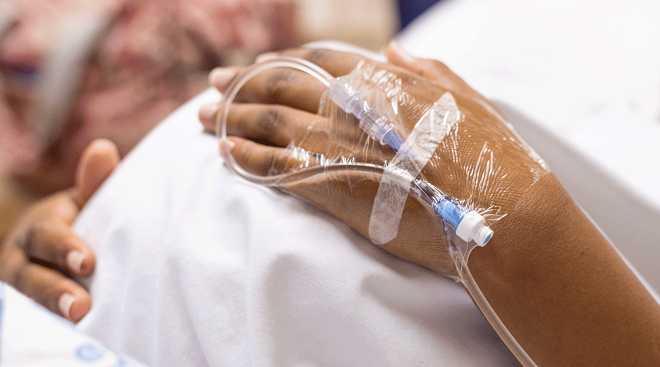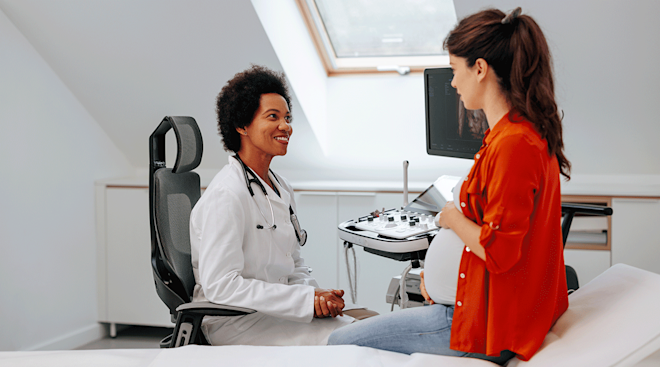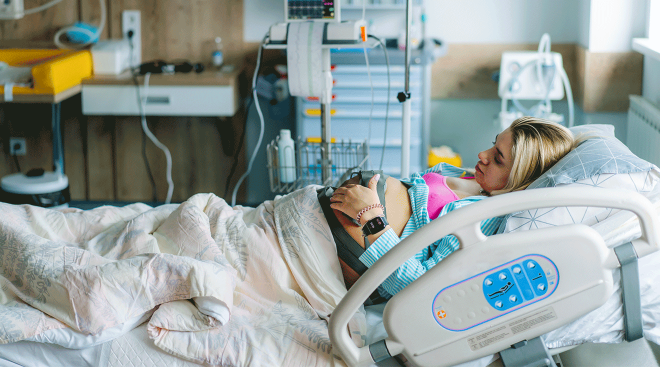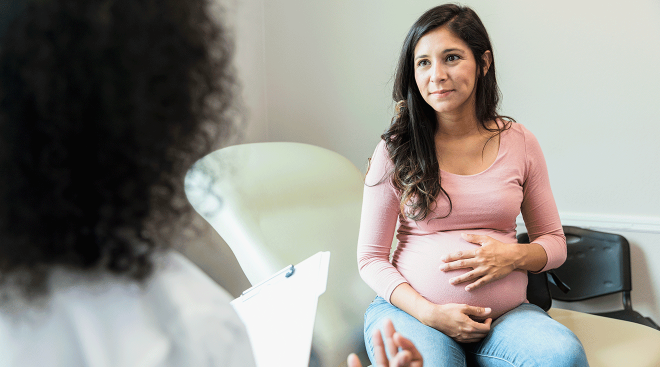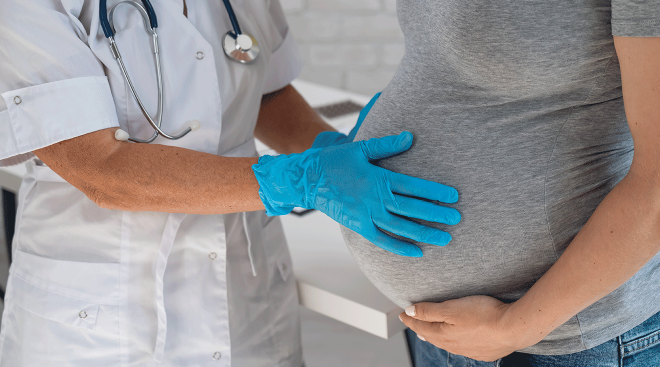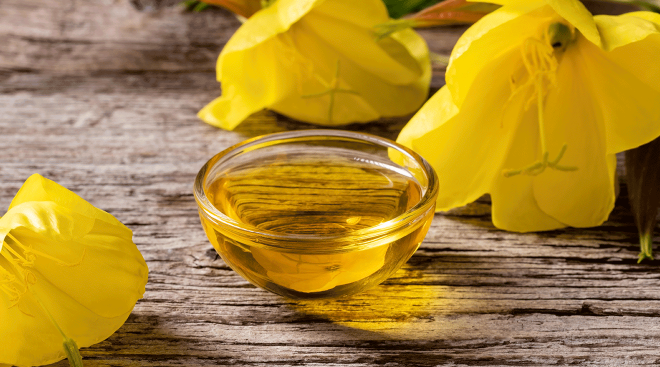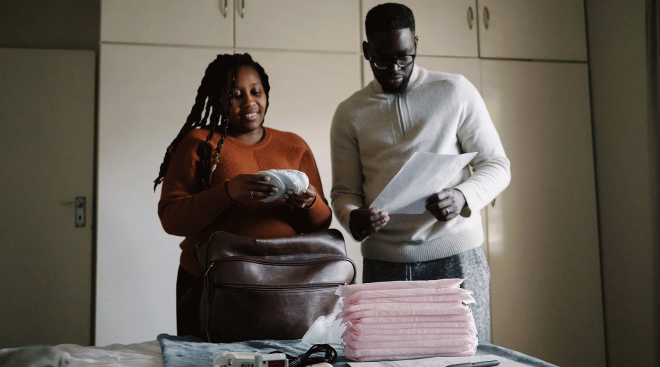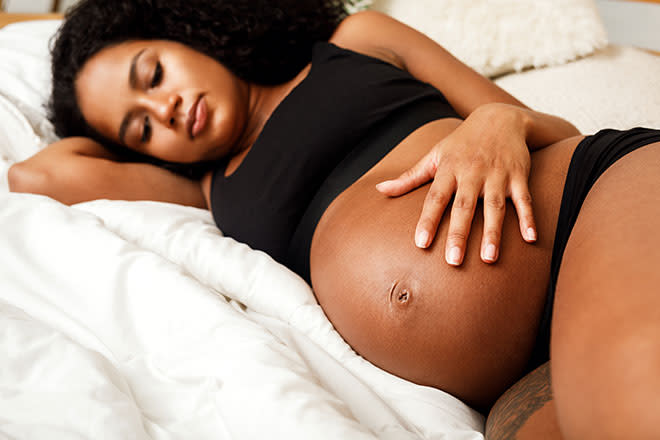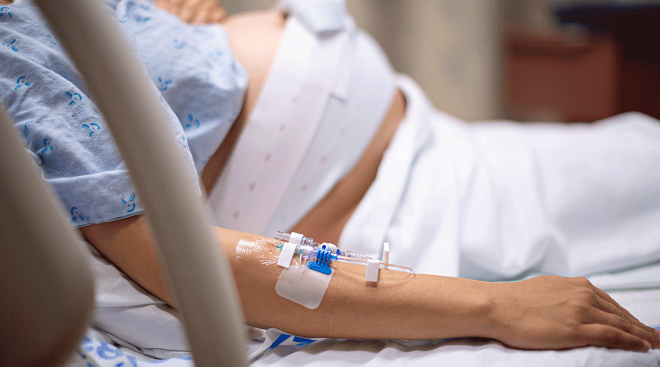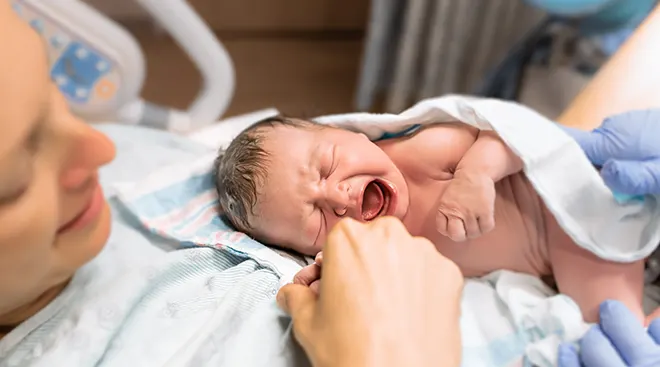Major Study Says Placenta Consumption Might Not Be Harmful After All
The debate rages on. Should you or shouldn’t you follow in the steps of the Kardashians and consider eating your placenta? Last year, the CDC officially warned new mothers not to do so, citing an incident of a newborn who contracted a group B streptococcus infection—twice—from his mom, who was taking postpartum placenta pills. But some people took issue with the fact this recommendation was based on a single case report. So the University of Nevada, Las Vegas and Oregon State University teamed up to undertake the largest study on placenta consumption yet.
“Our findings were surprising given the recent guidelines recommending against placenta consumption,” says lead author Daniel Benyshek, a professor of anthropology at University of Nevada, Las Vegas. “These new findings give us little reason to caution against human maternal placentophagy out of fear of health risks to the baby.”
To reach their conclusion, researchers reviewed about 23,000 birth records, looking at three areas, in particular: Neonatal Intensive Care Unit admissions in the first six weeks of life; neonatal hospitalization in the first six weeks; and neonatal/infant death in the first six weeks. They also evaluated if and how women consume their placentas (encapsulation, powder, etc.), along with their motivations for doing so. Ultimately, the were unable to find a link between placenta consumption and NICU stays, infant hospitalization or infant death.
It’s important to note, however, researchers were also unable to find proof of any benefits of eating the placenta. While the no. 1 reported reason for consumption was to prevent postpartum depression, Benyshek has been unable to prove it has any effect on postpartum mood, maternal bonding or fatigue.
“While there is currently no evidence to support the efficacy of placentophagy as treatment for mood disorders such as postpartum depression, our study suggests that if neonatal infection from maternal consumption of the placenta is possible, that it is exceedingly rare,” says co-author Melissa Cheyney, a licensed midwife, medical anthropologist and associate professor at Oregon State University.
While this could be reason to breathe easy if you’re set on eating your placenta, like anything else baby-related, it still comes with a small amount of risk.
Please note: The Bump and the materials and information it contains are not intended to, and do not constitute, medical or other health advice or diagnosis and should not be used as such. You should always consult with a qualified physician or health professional about your specific circumstances.
Navigate forward to interact with the calendar and select a date. Press the question mark key to get the keyboard shortcuts for changing dates.
































